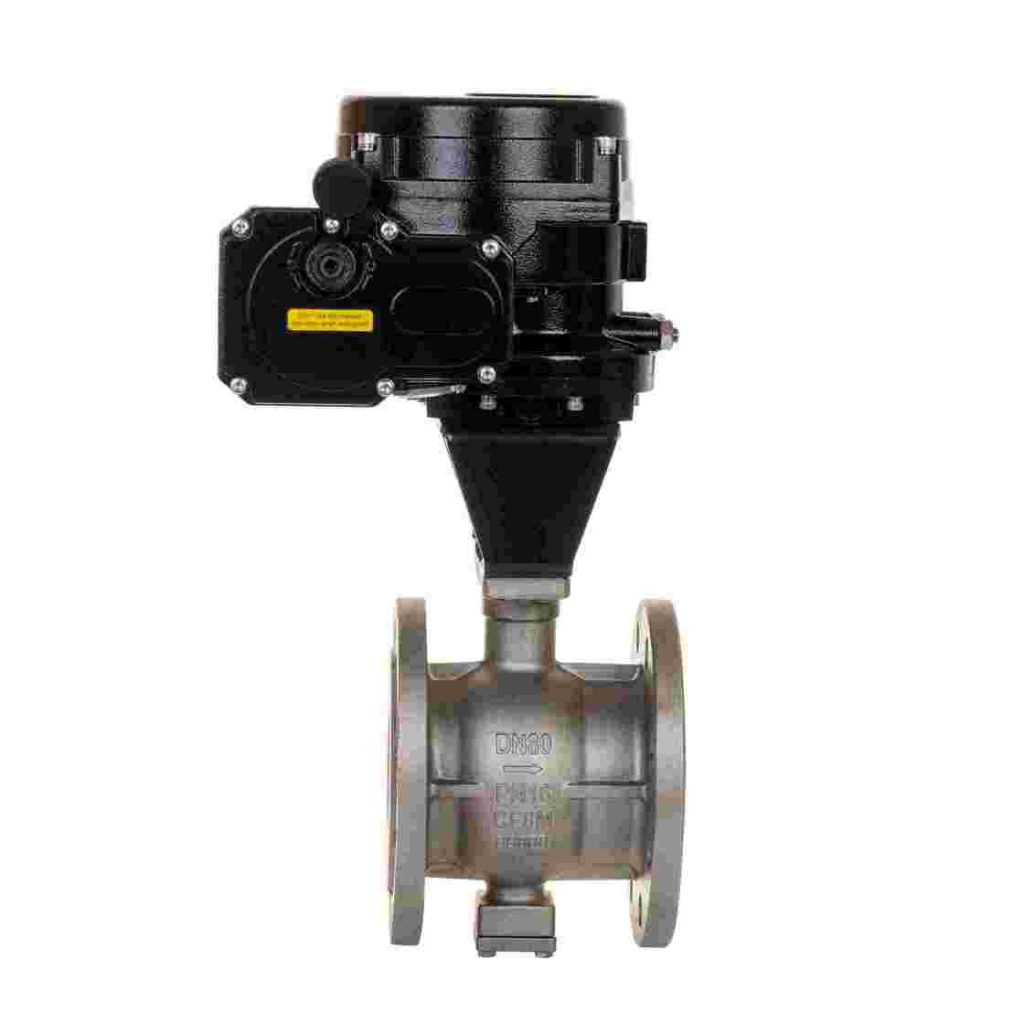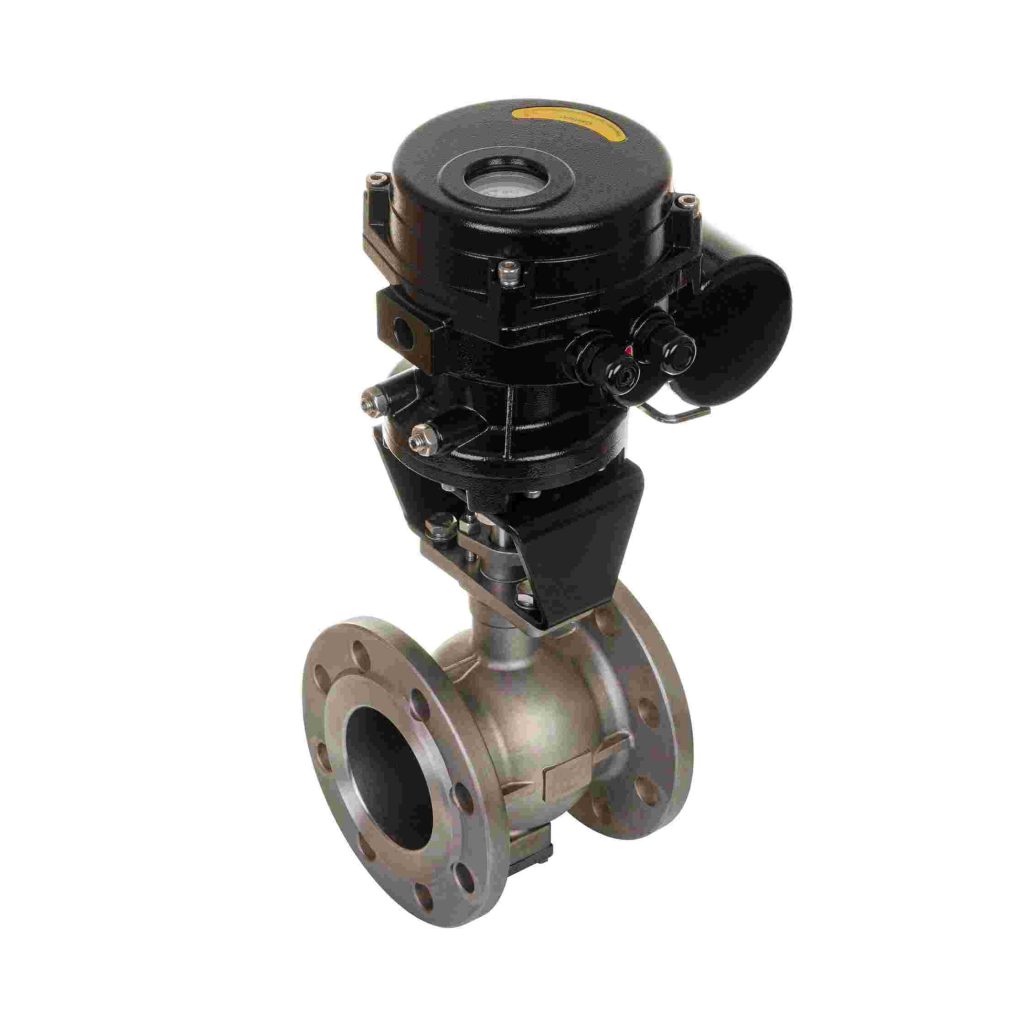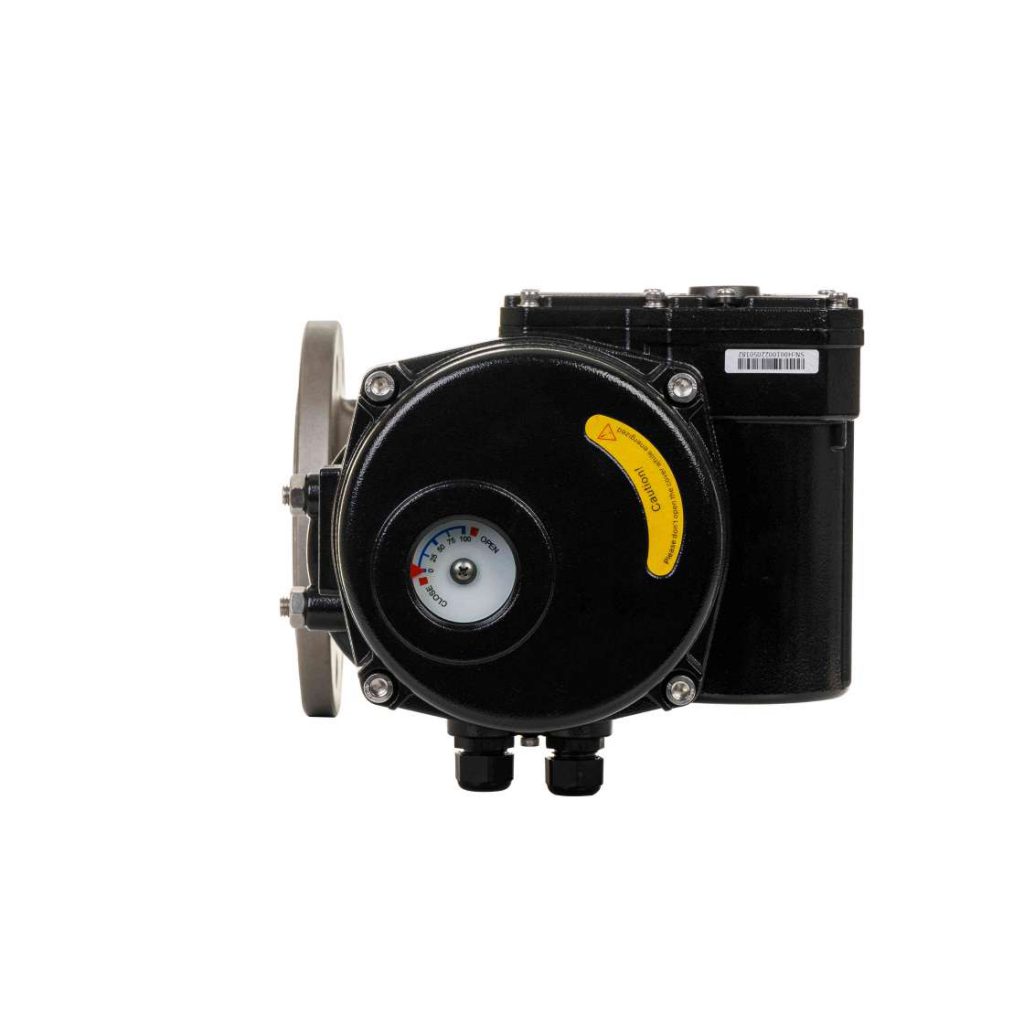In the realm of modern engineering and system design, the power off reset valve (PORV) plays a critical role in ensuring the safe and efficient operation of various systems, particularly in industries such as manufacturing, oil and gas, and energy generation. This article delves into the function, significance, and applications of the power off reset valve, providing insights into why it is a vital component in many industrial processes.

What is a Power Off Reset Valve?

A power off reset valve is a type of safety valve designed to automatically reset itself when the power supply is interrupted. Unlike traditional valves that require manual intervention to reset, the PORV’s automatic functionality enhances operational efficiency and safety. It is typically employed in systems where pressure control and safety are paramount. The valve is engineered to open and relieve pressure when a specific threshold is reached, thereby preventing overpressure situations that could lead to catastrophic failures. Functionality and Mechanism The operational mechanism of a power off reset valve is relatively straightforward yet highly effective. When the system is powered, the valve remains closed under normal operating conditions. However, if an abnormal condition occurs—such as a pressure spike or power failure—the PORV opens to release excess pressure. Once the system stabilizes and power is restored, the valve automatically resets itself to a closed position, ready for the next operational cycle.

Leave a Reply